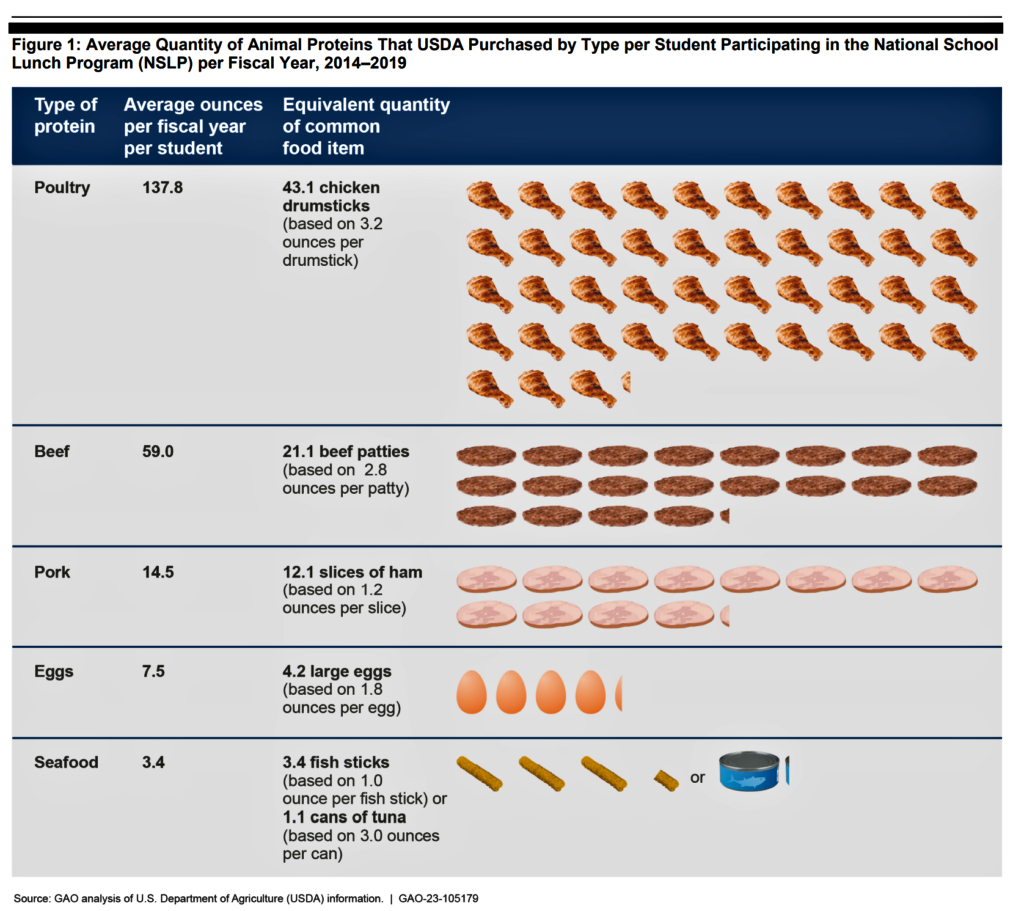Catch of the Day: Reed Wants More Seafood Served in Schools
USDA guidelines suggest school-age children should eat 4-10 oz of seafood per week, but new GAO report finds USDA only purchases about 3.4 oz of seafood per student per year | Reed & Merkley urging USDA to develop a plan to provide more seafood to students through the National School Lunch Program | The Washington Post highlighted Reed’s efforts, noting: “Fishing is an important part of seaside economies in Rhode Island, Oregon and elsewhere. More seafood in school lunches “is not only hea
WASHINGTON, DC – The U.S. government spends billions of dollars annually to help feed K-12 students healthy meals at school. U.S. Senator Jack Reed (D-RI) says the federal government should dish up more heart-healthy, delicious, nutritious sustainable seafood for kids in compliance with the federal government’s own nutritional standards.
“If you want kids to grow up healthy we have to serve them healthy food that they’ll actually eat. U.S. dietary guidelines recommend eating seafood two times a week, but the USDA only purchases enough seafood for about one serving per student for the entire year. That needs to change,” said Senator Reed. “Putting more seafood on the menu in school cafeterias in a win-win-win: It’s nutritious, cost-effective, and sustainable -- so it’s good for kids, the economy, and the planet -- and it tastes good too.”
After COVID-19 disrupted the U.S. domestic seafood market, Senator Reed began exploring ways to support fishermen and seafood processors, including by expanding the U.S. Department of Agriculture’s (USDA) seafood purchasing power.
USDA uses its Commodity Purchasing Program (CPP) to purchase domestically-produced and processed foods for delivery to schools and food banks across the country. But, historically, only a small portion of these purchases were for seafood, which is high in protein, nutrient-rich, and a critical component of a well-balanced diet.
The disparity between USDA’s nutrition guidelines and policies and how they are actually implemented led Reed, along with his colleagues U.S. Senators Jeff Merkley (D-OR) and Tammy Baldwin (D-WI), to send a letter in December of 2020 to the Government Accountability Office (GAO) requesting a study on the factors limiting USDA seafood purchases through the CPP, including for the National School Lunch Program (NSLP).
The NSLP annually provides healthy meals to 23 million K-12 students nationwide, particularly kids from low-income households, who receive free or reduced-price lunches. Due to the scope of its reach, NSLP is uniquely positioned to affect the dietary patterns of American children and adolescents.
In response to the request from Reed, Merkley, and Baldwin, GAO issued a report: “National School Lunch Program: USDA Could Enhance Assistance to States and Schools in Providing Seafood to Students” which found that USDA needs to increase the amount of protein-rich seafood offerings in school lunches. The report found that the USDA purchased an average of 3.4 ounces of seafood per student per fiscal year between 2014 and 2019, which amounts to approximately three fish sticks or one can of tuna annually per student. That pales in comparison to the almost 14 pounds of other proteins USDA purchased, such as poultry (137.8 ounces), beef (59 ounces), pork (14.5 ounces), and eggs (7.5 ounces), purchased on average per child per year. GAO found those USDA purchases represent about 43 chicken drumsticks, 21 beef patties, 12 slices of ham, and four eggs per year.
Now, Senators Reed and Merkley are urging USDA to follow through on GAO’s findings and develop a plan to provide more seafood to students through the National School Lunch Program.
They sent a letter to Secretary of Agriculture Tom Vilsack this week urging implementation of GAO’s recommendations: “During the school year, participating students receive nearly two-thirds of their daily calories from school meals,” Reed and Merkley wrote. “The reliance on school meals mandates that the NSLP provide healthy, well balanced meals to ensure students receive the nutrients they need for a healthy diet. However, students participating in the NSLP may be missing out on the benefits of a balanced diet that includes nutritious and high-protein seafood.”
Reed says USDA should follow GAO’s recommendations to develop a plan to support seafood purchasing through the NSLP, and to coordinate with the National Oceanic and Atmospheric Administration (NOAA) on information sharing.
“It is my hope that USDA will take steps to increase seafood availability for the millions of children across the nation who participate in the NSLP, while supporting our nation’s fishermen and seafood processors,” said Reed. “There are so many healthy, tasty, cost-effective seafood options out there that are simple to prepare and serve. The federal government needs to do its part and that is what we’re asking USDA to do: offer states and schools the resources they need to serve up more seafood to students.”
According to an analysis on previous USDA seafood purchases by the Congressional Research Service, USDA purchased $153 million worth of seafood, compared to over $1.2 billion in meat products, with seafood contracts awarded to just a handful of processors in a few select states.
